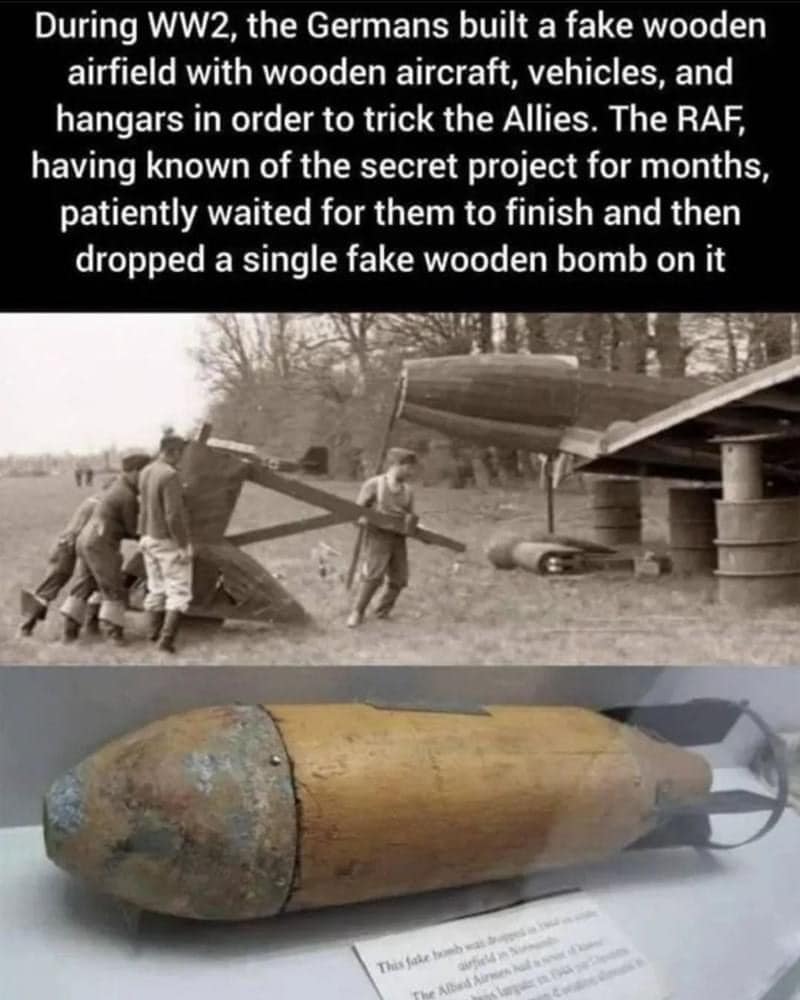Although women weren’t allowed to become police officers until 1917, a new book explores their vital role as ‘searchers’
Some of the “searchers” were skilled at inspecting the clothes, hair and genitals of Victorian women and finding stolen money and pawn tickets for stolen goods. Others undertook risky sting operations, catching thieves and criminals red-handed and successfully testifying against them in court. Yet for nearly 200 years, the vital role 19th-century female detectives played in the police force has been overlooked and underestimated.
Now a new book is seeking to assert the rightful place of these courageous women – who were often working class – in the history of the police and celebrate their proto-feminist contribution to Victorian society.
“Women don’t officially enter the police force as officers until 1917. But across Britain, in a commonplace way, women are working for the police long before the police tell us they are,” said Dr Sara Lodge, a senior lecturer in Victorian literature and culture at the University of St Andrews, Scotland, and author of the forthcoming boo, The Mysterious Case of the Victorian Female Detective. “They are part of the fabric of Victorian policing.”
Lodge has found records of “searchers” – women employed to search female suspects for concealed stolen goods at police stations – which date back to the 1840s, shortly after the Metropolitan police was founded.
“The searchers did a really important task because men, even today, can’t search a female suspect with propriety. And of course, in the Victorian period, there were huge opportunities for women to conceal things about their person.”
British History
59 readers
1 users here now
For the discussion of British history.
See also:
founded 4 months ago
MODERATORS
1
2
3
13
‘Somewhat more critical’: pride in Britain’s history falls sharply in survey
(www.theguardian.com)
4
5
6
7
8
54
Lost Henry VIII portrait discovered after historian spots it in background of X post
(www.independent.co.uk)
9
10
11
12
13
14
15
16
17

